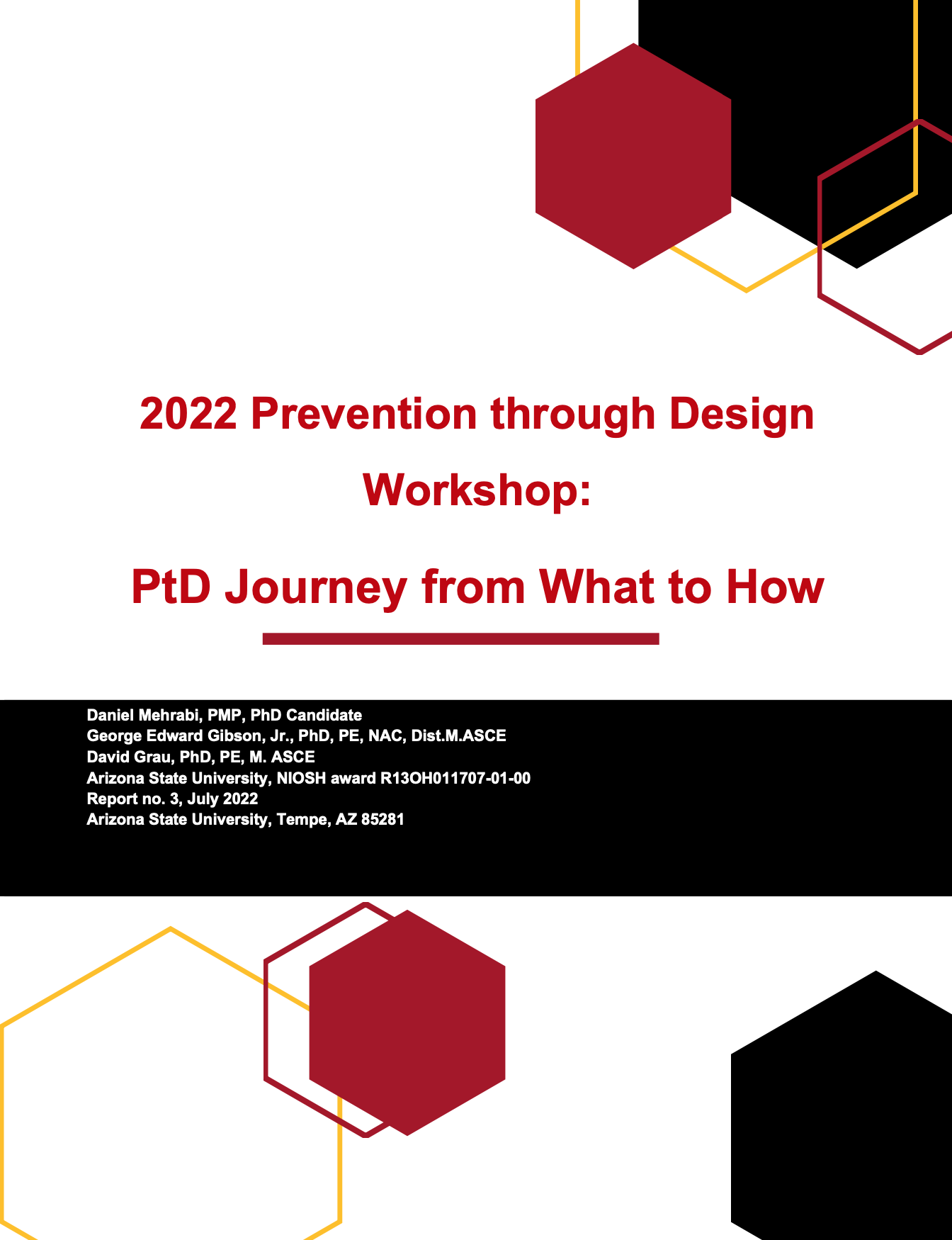MAY 25 & 26 2022
VIRTUALLY
Prevention through Design Workshop 2022
Keynote Speakers:
Chuck Gessner
Head of Safety
Vera C. Rubin Observatory
Alistair Gibb, Ph.D.
Emeritus Professor
Loughborough University
Andrew F. Griffith, Ph.D.
Director
Independent Project Analysis Institute
Matthew R. Hallowell, Ph.D.
Professor
University of Colorado at Boulder
Billy Hare, Ph.D.
Professor
Glasgow Caledonian University
Carisa Harris-Adamson, Ph.D., CPE
Associate Professor
University of California San Francisco
Joseph Hitt, Ph.D.
Co-Founder and CEO
GoX Labs
Jason Hopper
Director of Preconstruction
Mortenson
Victor Krabbendam
Project Manager
Vera C. Rubin Observatory
Justin Riley
Senior MEP Superintendent
Mortenson
Thomas Sugar, Ph.D., PE
Professor
Arizona State University
Jochen Teizer, Ph.D.
Professor
Technical University of Denmark
Introduction to the Workshop by TJ Lyons
PtD Journey from What to How
NIOSH has funded a series of annual workshops to advance PtD knowledge, promote the implementation of PtD, and promote the instruction of PtD in construction management and related engineering programs at US colleges and universities.
This third virtual, interactive PtD workshop focused on HOW to implement PtD practices to increase safety, efficiency, and profitability while striving for zero accidents and injuries. Examples of PtD applications, including case studies and benchmarking results, were provided to demonstrate how PtD enhances a project’s safety and provides a safe environment for workers and end-users. Moreover, this workshop explored how various emerging technologies such as wearables, exoskeletons, and Building Information Modelling (BIM) improve workers’ safety, and contribute to innovative PtD practices.
The 2022 Workshop created an excellent opportunity for engineers, architects, contractors, construction companies, manufacturers, project owners, insurers, and academia to exchange and leverage their experiences and expertise in terms of how PtD practices are implemented for a safer environment.


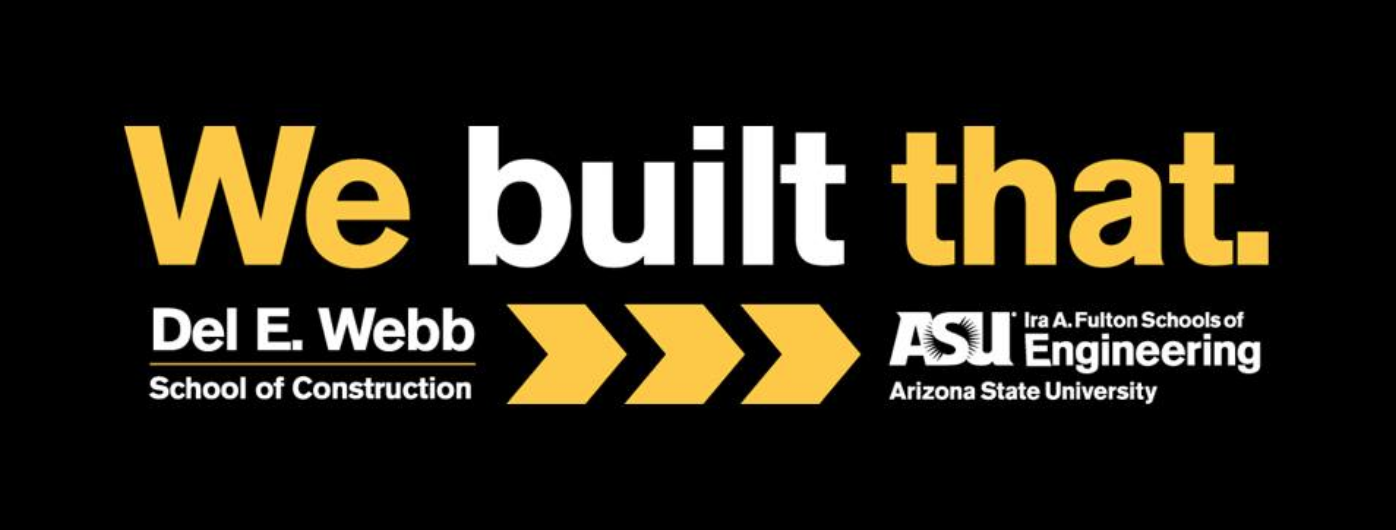
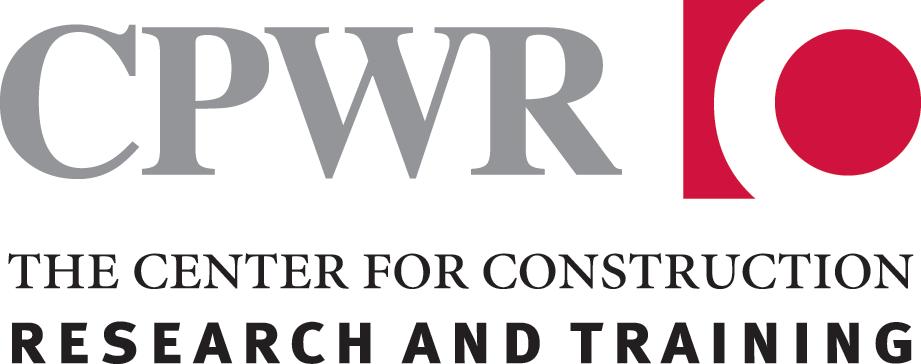
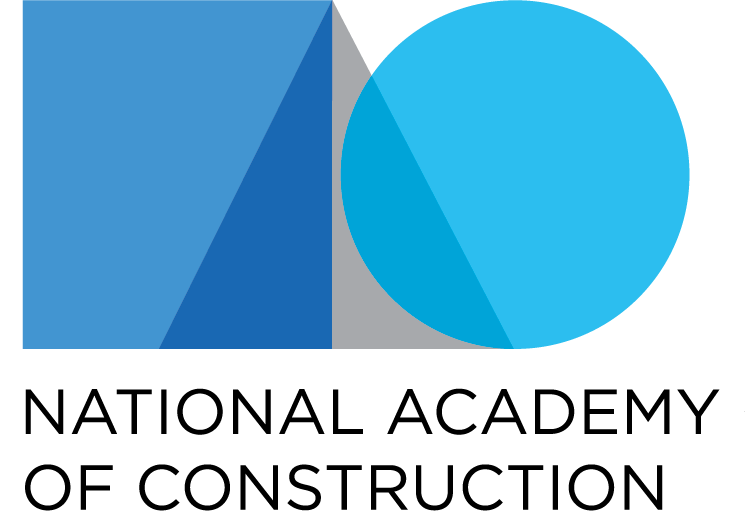

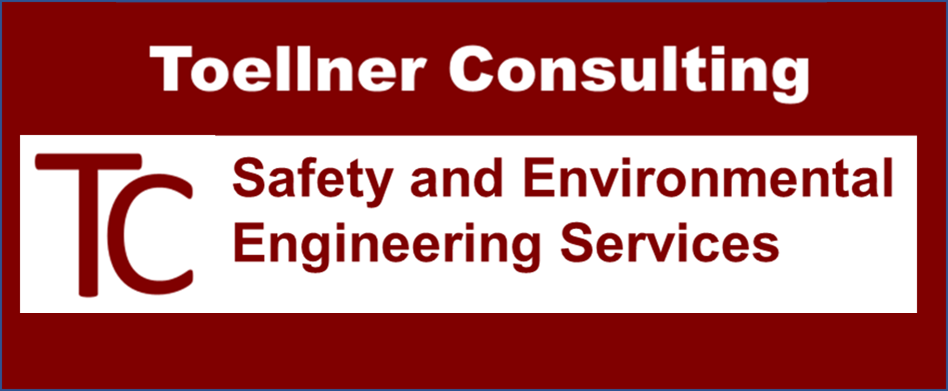


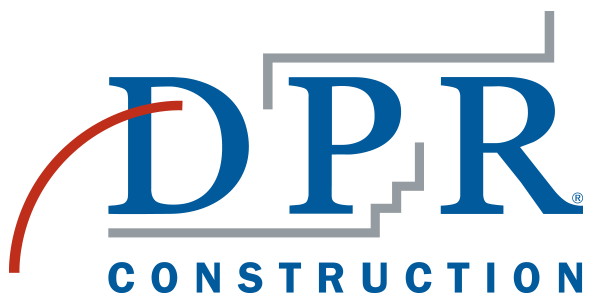



NIOSH-award #1 R13OH011707-01-00
Agenda
| May 25 | |
| 8:00-8:15 | Welcome and Introduction |
| Dr. David Grau (Arizona State University) | |
| 8:15-8:55 | Energy-Based Hazard Recognition in Design |
| Dr. Matt Hallowell (University of Colorado at Boulder) |
|
| Driving Superior Construction Safety Performance Begins Early |
|
| Dr. Andrew Griffith (Independent Project Analysis Institute) |
|
| 8:55-9:15 | Q&A (Moderator: Dr. John Gambatese) |
| 9:15-9:30 | Networking Break |
| Wearables and Exoskeletons in Prevention through Design | |
| 9:30-9:45 | Exoskeletons: Assisting Human Movement |
| Dr. Thomas Sugar (Arizona State University) | |
| 9:45-10:00 | Impact of Wearables and Data on PtD |
| Dr. Joe Hitt (GoX Labs) | |
| 10:00-10:15 | Using Survey Data to Inform Prevention through Design Translational Research |
| Dr. Carisa Harris-Adamson (University of California San Francisco) | |
| 10:15-10:45 | Q&A (Moderator: Dr. Babak Memarian) |
| 10:45-11:00 | Networking Break |
| 11:00-11:20 | BIM and Prevention through Design |
| Dr. Jochen Teizer (Technical University of Denmark) | |
| 11:20-11:40 | Q&A (Moderator: Dr. Zia Ud Din) |
| 11:40-11:50 | Summary and Wrapup (Dr. David Grau) |
| 11:50-12:00 | Networking Break |
| 12:00-13:00 | Virtual Speaker Rooms with Moderators |
| May 26 | |
| 8:00-8:10 | Welcome and Introduction |
| Dr. Edd Gibson (Arizona State University) | |
| 8:10-8:50 | Lessons Learnt from UK PtD Legislation |
| Dr. Billy Hare (Glasgow Caledonian University) |
|
| Highlighting Current Learning from the UK’s PtD Construction |
|
| Dr. Alistair Gibb (Loughborough University) | |
| 8:50-9:15 | Q&A (Moderator: Dr. Scott Earnest) |
| 9:15-9:30 | Networking Break |
| 9:30-9:55 | How Big Astronomy is Using Prevention thru Design to Succeed |
| Chuck Gessner and Victor Krabbendam (Vera C. Rubin Observatory) | |
| 9:55-10:25 | Panel (Moderator: Mark Grushka; Panelists: Victor Krabbendam, Austin Roberts, and Chuck Gessner) |
| 10:25-10:40 | Networking Break |
| 10:40-11:05 | Mortenson: a Journey to Zero, a Case Study |
| Jason Hopper and Justin Riley (Mortenson) |
|
| 11:05-11:35 | Panel (Moderator: TJ Lyons; Panelists: Jason Hopper and Justin Riley) |
| 11:35-11:50 | Summary and Wrapup (Dr. Edd Gibson) |
| 11:50-12:00 | Networking Break |
| 12:00-13:00 | Virtual Speaker Rooms with Moderators |
Keynote Presentations
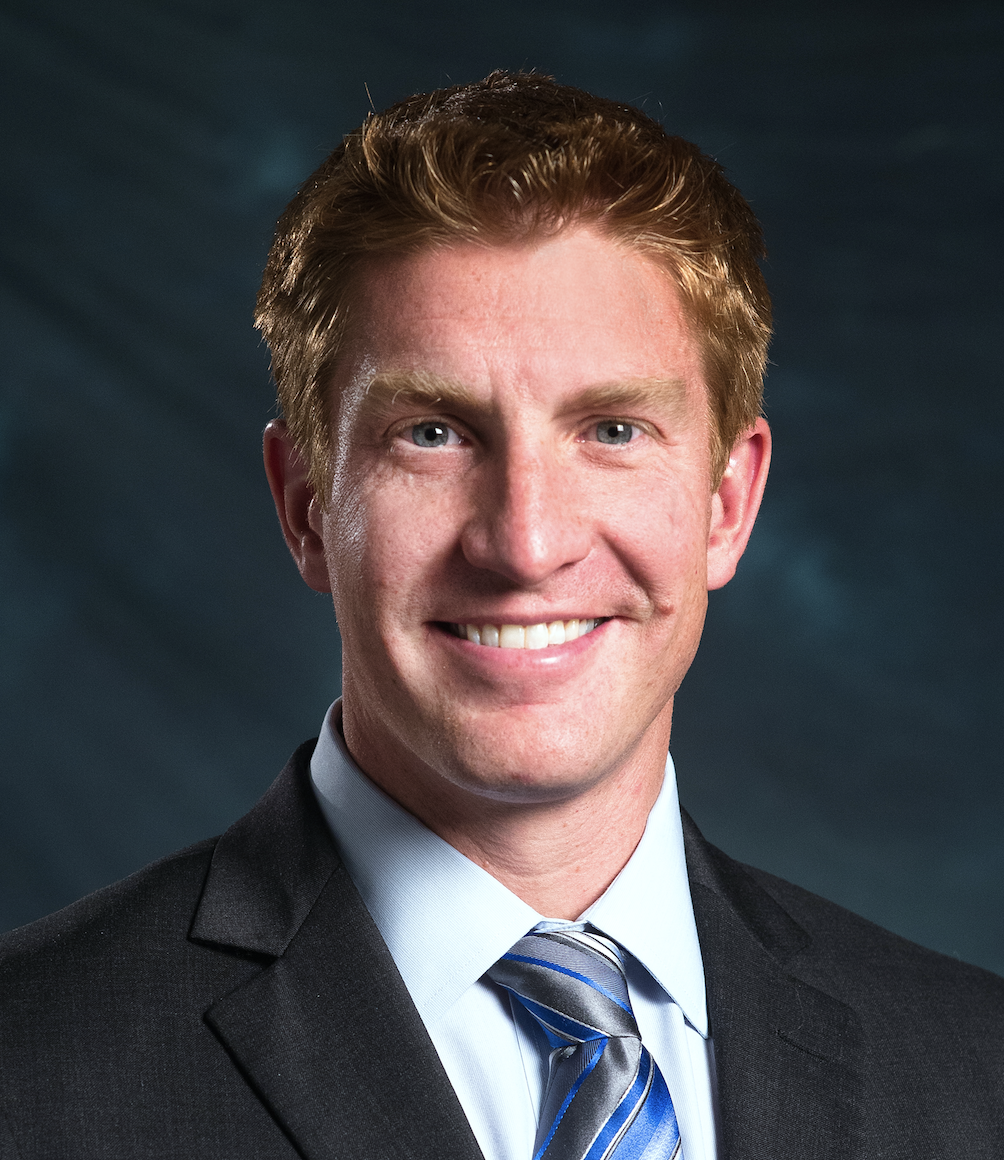
Dr. Matthew R. Hallowell, Ph.D.
Professor
University of Colorado at Boulder
Energy-Based Hazard Recognition in Design
Research has consistently shown that workers are able to recognize about half of the hazards during construction. These skills are relatively low, even with knowledge of the means and methods of construction, the specific construction environment, and the work team. Effective prevention through design (PtD) requires that designers are able to anticipate construction hazards as the work is being conceptualized. Undoubtedly, anticipating hazards in design is far more challenging that recognizing hazards once they have emerged. This study investigated the proportion of hazards that are identified in design and demonstrated how energy-based hazard recognition (i.e., the energy wheel), helps to improve hazard recognition in PtD reviews by approximately 30%. This empirical study suggests that even with little knowledge of the specific construction means and methods, designers may significantly improve their ability to anticipate and address hazards by using simple cognitive reminders.
Short Bio
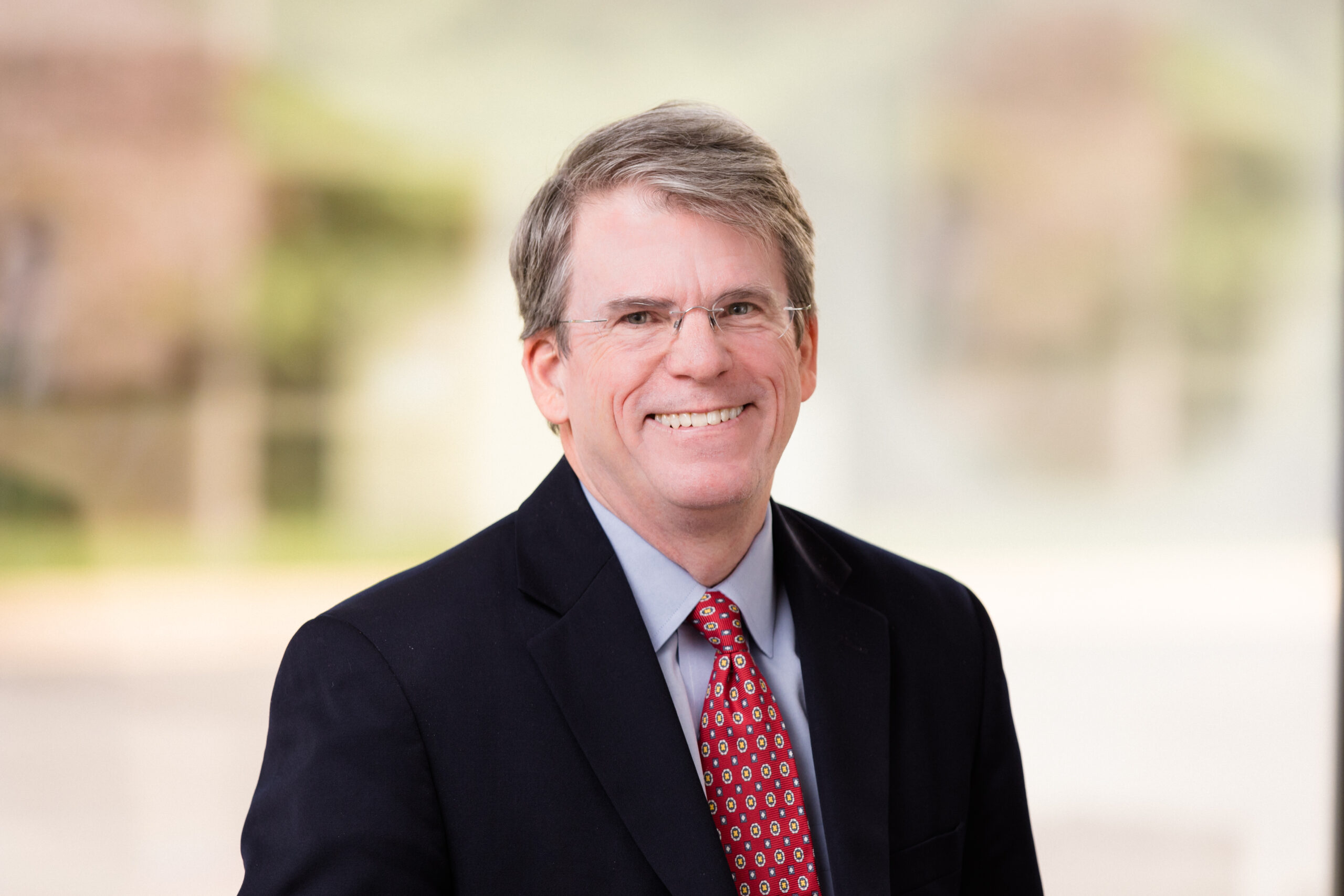
Dr. Andrew F. Griffith, Ph.D.
Director
IPA Institute and Industry Benchmarking Consortium
Driving Superior Construction Safety Performance Begins Early
As part of its capital project benchmarking work with large industrial owner companies, Independent Project Analysis, Inc. (IPA) collects detailed project data during the front end planning/definition phase of projects prior to project authorization for detailed design and construction, and again after mechanical completion and startup.Data collected from each project includes actual construction safety performance and total field hours. These data, which includes data from over 3,000 completed projects worth more than $700 Billion (US $ 2022) TPC, consistently show that proper development of the project during the definition phase drives better construction safety performance. This presentation will share IPA data that correlates the level of definition at authorization with established measures of construction safety performance. It will relate how superior safety performance practices in the definition phase can positively impact a stable, effective and safe execution phase.
Short Bio
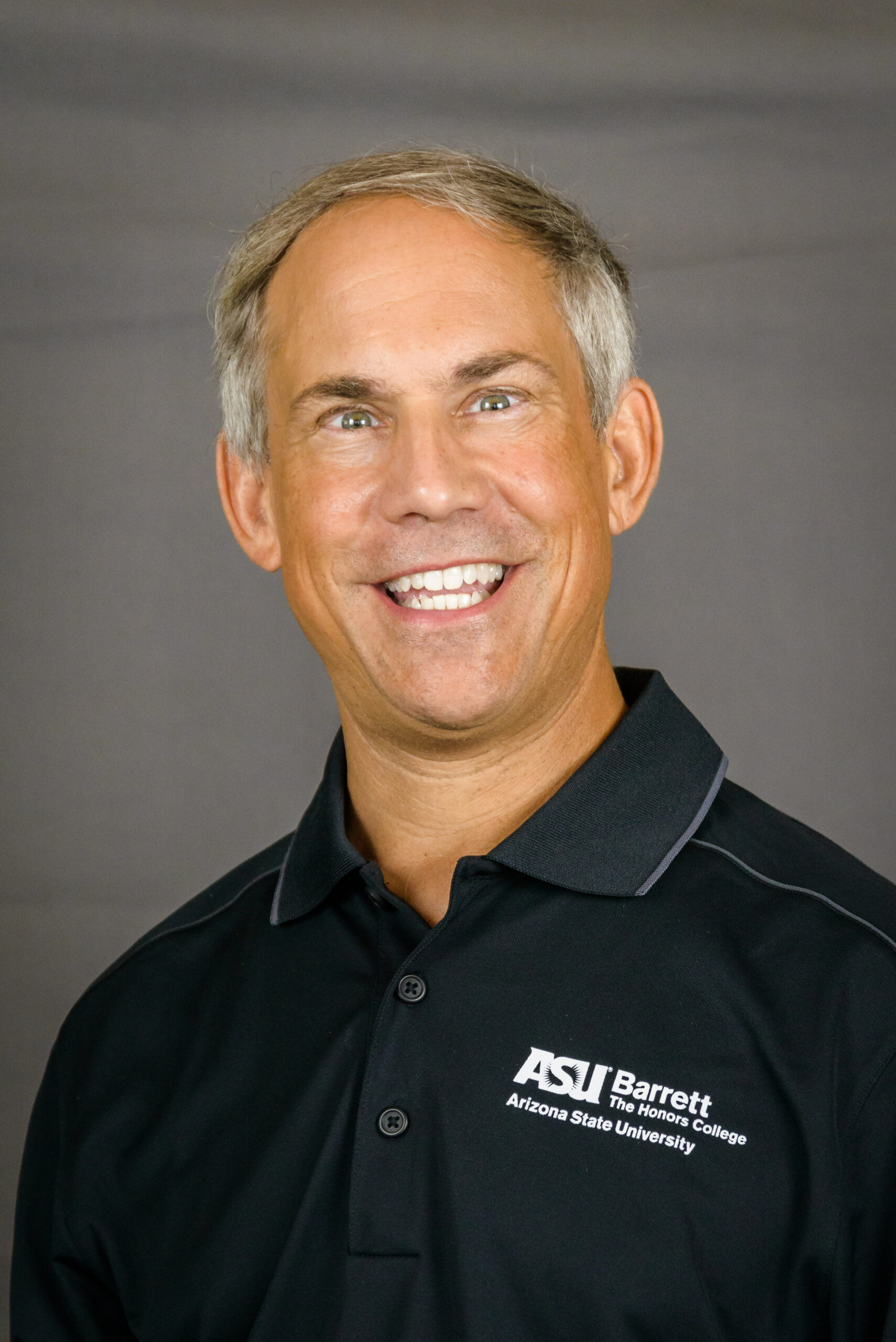
Dr. Thomas Sugar, Ph.D., PE
Professor
Arizona State University
Exoskeletons: Assisting Human Movement
Dr. Sugar has been studying gait assistance for the ankle, knee, and hip.In this presentation, he will describe the design of an exoskeleton tailored to the tasks of pushing and lifting objects on to large cargo airplanes. The APEx or Aerial Porter exoskeleton was designed and tested by the US Air Force over an eight-week period on a base during regular missions.The over arching goal is to reduce Musculo-skeletal injuries in these very demanding logistics tasks.
Short Bio
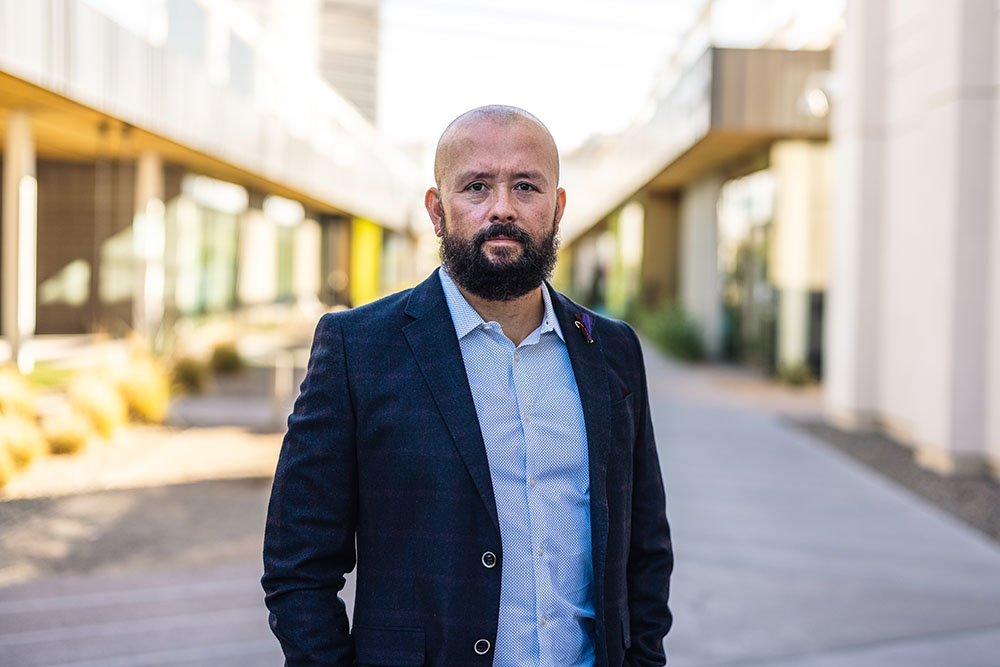
Dr. Joseph Hitt, Ph.D.
Co-Founder and CEO
GoX Labs
Impact of Wearables and Data on PtD
Key predictors of injury include fatigue, fitness, forces, form and environment. Wearables can collect accurate data regarding these predictors upstream to identify the risks per individual and their work environment. Changes in behavior and work conditions can be implemented to reduce these risks to prevent future injuries in a data driven closed loop process. To date, we have seen overexertion injury reduction of 50% utilizing this approach.
Short Bio
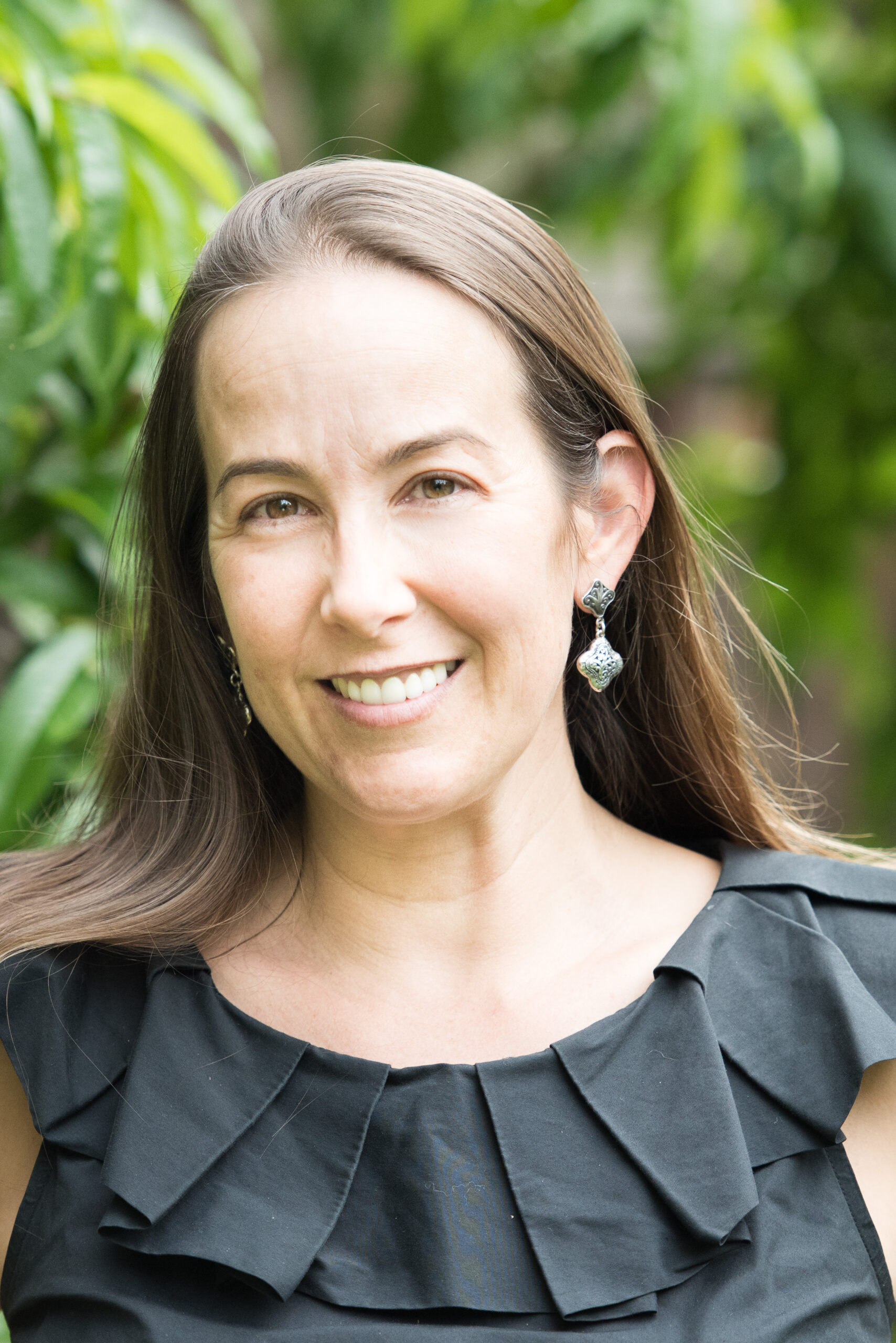
Dr. Carisa Harris-Adamson, Ph.D., CPE
Associated Professor, Director COEH & UC Ergonomics Research Program
University of California, San Francisco & Berkeley
Using Survey Data to Inform Prevention through Design Translational Research
Construction workers continue to experience high rates of work-related musculoskeletal disorders (WMSDs) –11% higher than all other industry sectors in 2016(BLS, 2016; Wang, Dong, Choi, & Dement, 2017). Occupational exoskeletons (EXOs) are a rapidly-emerging technology with clear potential for beneficial applications in the workplace. To facilitate the safe and effective adoption and use of EXOs in construction, workers perceptions about EXOs need to be assessed and addressed to optimize acceptance and implementation.Between July 2020 and January 2021, construction industry stakeholders completed a self-administered online survey after viewing a 3-minute introductory video on exoskeletons. The survey included 70 open-and closed-ended questions regarding prior exoskeleton knowledge, work history, personal factors, task characteristics, perceived benefits, perceived health and safety concerns, and facilitators for adoption and use of exoskeletons in construction.
A total of 361 respondents completed the survey. Roughly 84% indicated that exoskeletons would be beneficial for construction workers, with half noting it would become standard equipment. Only 10% had tried an exoskeleton. About three-quarters of respondents thought that exoskeletons would reduce fatigue, 70% noted that it would make their work easier and 62%thought it could make them more productive. Potential barriers to exoskeleton use included numerous safety concerns, such as increased slips/trips/falls, interference with tool belts, hindering movement when climbing poles or ladders, and conductive/dangerous when performing electrical work. Sharing and adjusting exoskeletons was also a concern.
Results from the survey and interviews have guided the methodology to assess safety concerns for using the exoskeleton in construction, which is currently underway. Additional laboratory testing will compare exoskeleton design characteristics and settings for optimization of use during tasks that vary load, posture and frequency. This talk will review some of the key findings from the survey and how the results were used to drive additional research on safety and fit guidelines
Short Bio
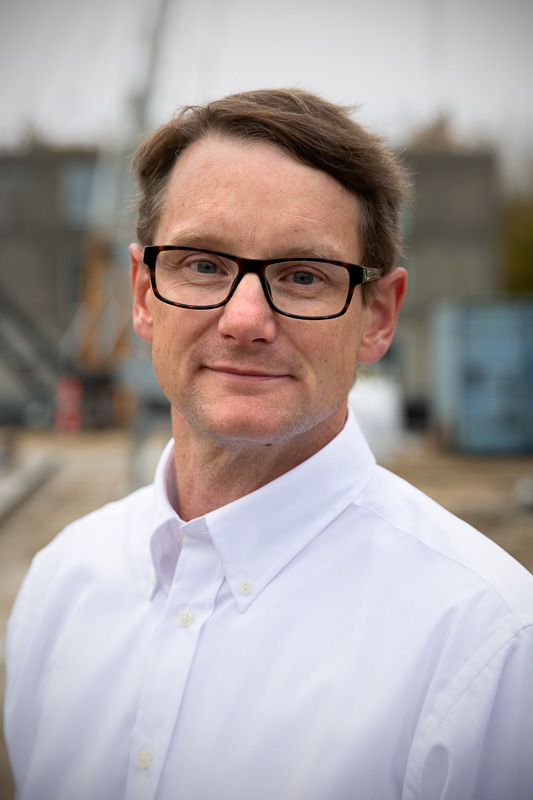
Dr. Jochen Teizer, Ph.D.
Professor
Technical University of Denmark
BIM and Prevention through Design
Planning of construction projects and monitoring the vital status of site resources at the right time, understanding of their spatial relationships in a dynamically changing work environment, and monitoring, analyzing, and visualizing site activities and conditions of progress, are a few of the critical issues that become increasingly important when industry leaders intend to base decision making on a solid information content. However, key values that are essential among project stakeholders to deliver successful projects are often not readily and reliably available. The essence of this issue is driving the ongoing efforts in digitalizing existing construction safety processes in organizations. Digital Twins in the construction phase, for example, envision the creation of augmented workplaces saturated with sensing, communication, computing, and visualization techniques that also predict future states and enable proactive control. This presentation introduces Prevention through Design (PtD) efforts in three ongoing EU-and Danish-funded research projects. These will enable digital planning, monitoring and controlling for more productive, safer, and emissions-free work environments. Concepts, workflows, and early results to these Digital Twins in PtD applications will be shown and discussed.
Short Bio
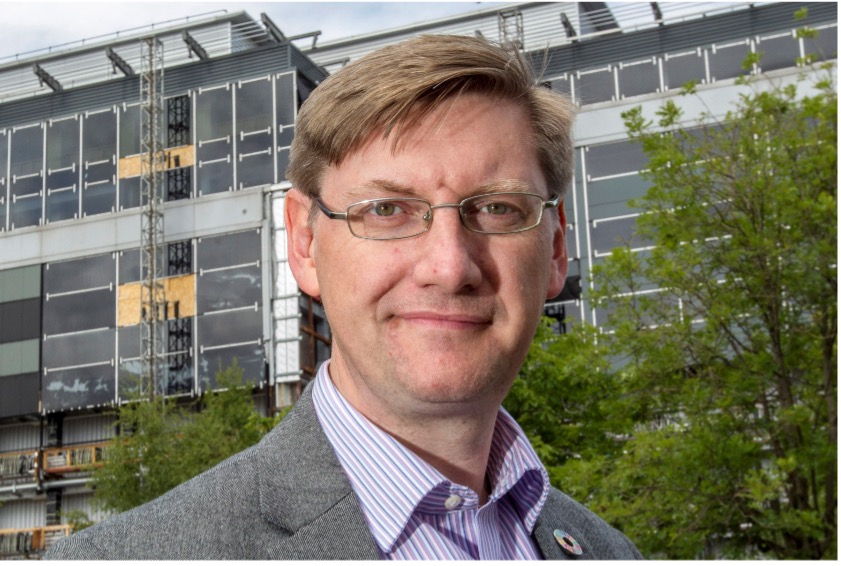
Dr. Billy Hare, Ph.D., BSC (Hon), BA, MCIOB
Professor
Glasgow Caledonian University
Lessons Learnt form UK PtD Legislation
Billy’s keynote will view PtD through a UK lens, reviewing how the introduction of the Construction (Design and Management) Regulations (CDM) have shaped the designer’s role in helping to manage Occupational Safety and Health (OSH) risks during the construction phase and beyond. Lessons learnt from the difficulties of trying to enforce PtD with legislation will be explored, including the unintended consequences and good practice that has resulted. He will also present findings from innovative research on what influences designers when carrying out their legal duty to eliminate hazards, reduce risks and provide OSH information. Limitations of depending exclusively on BIM to solve OSH problems and potential solutions to bridge the learning gap will also be shared, with actionable takeaways that can help with strategies for PtD.
Short Bio
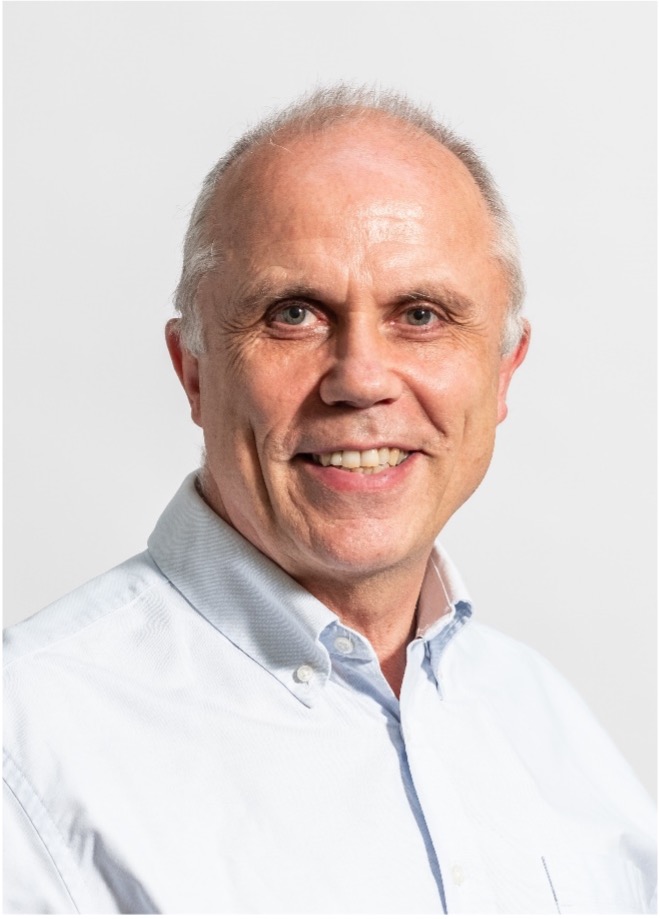
Dr. Alistair Gibb, Ph.D.
Emeritus Professor
Loughborough University
Highlighting Current Learning from the UK’s PtD Construction
Alistair’s keynote will build on Professor Hare’s, highlighting current learning from the UK’s PtD Construction (Design and Management)(CDM) Regulations. He will draw on his 30 year experience of the US context of implementing PtD without the legislative driver that is present in the UK. He will also introduce new research into the exploitation of digital innovation and Building Information Modelling (BIM) to improve Occupational Safety and Health (BIM4OSH). Working with industrialists from major infrastructure construction projects, the team proposes setting up a BIM4OSH Observatory as a repository for lessons learned and good practice. Alistair will also bring learning from the latest UK legislation instigated following London’s Grenfell Tower disaster. This major legislation will have a major impact on UK design and construction, explicitly requiring both designers and contractors to consider the safety of the users of the building or facility. It is seen as a significant move onwards from the CDM regulations and will require decisions taken regarding safety-critical elements to form a ‘golden thread’ from inception through to end-user occupation and beyond.
Short Bio
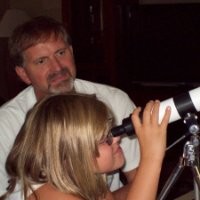
Chuck Gessner
Head of Safety
Vera C. Rubin Observatory
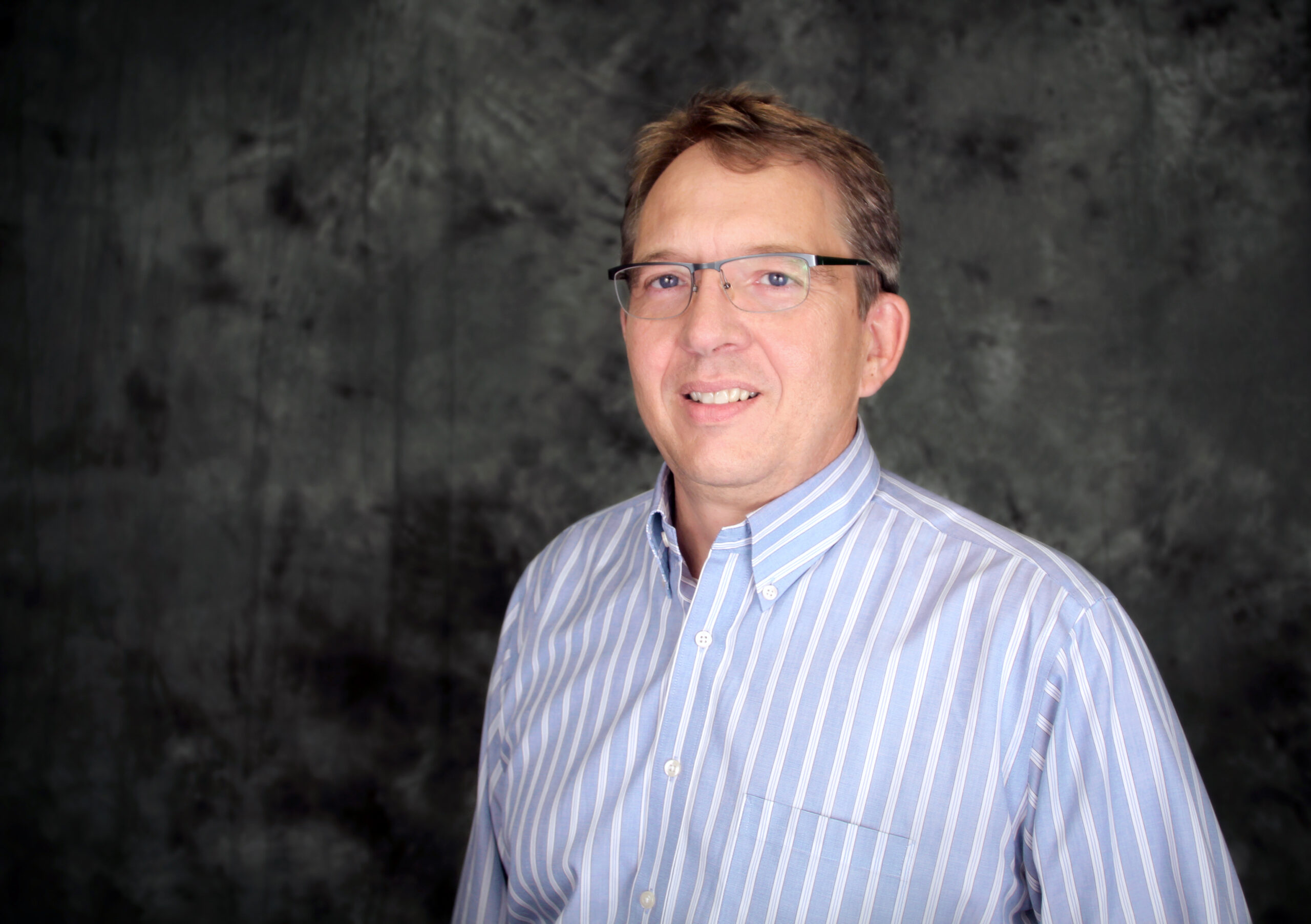
Victor Krabbendam
Project Manager
Vera C. Rubin Observatory

Austin Roberts
Systems Engineering Manager
Vera C. Rubin Observatory
How Big Astronomy is Using Prevention thru Design to Succeed
Designing and building telescope projects requires a unique approach to managing risk. The development cycle in successfully completing “Big Science” projects require a complex interaction between theory, design, constructability, and mission achievement. The science and engineering technology required is often evolving as the project moves between phases. Finding, refining, and applying the correct elements and processes to manage large, often multi-national/multi-cultural telescopes being constructed in remote locations pose significant challenges. The presenters will share their unique experience integrating a foundational PtD support system over a multi-year basis of a world-class telescope now known as the Vera C. Rubin Construction Project in Chile.
Short Bio Chuck Gessner
Charles (Chuck) Gessner has been the Head of Safety for the Vera C. Rubin Observatory Project since 2007. He has 35 years of experience in providing safety expertise, hazard analysis, procedure development, training, and safety program management to the industry. He is proficient in program implementation, standards development, auditing, inspection, reporting procedures, and interpretation of and compliance with U.S. and Chilean Federal, State, and institutional laws, regulations, and procedures. Mr. Gessner has managed and mentored more than 40+ respected safety and health professionals throughout his career.
Short Bio Victor Krabbendam
Short Bio Austin Roberts
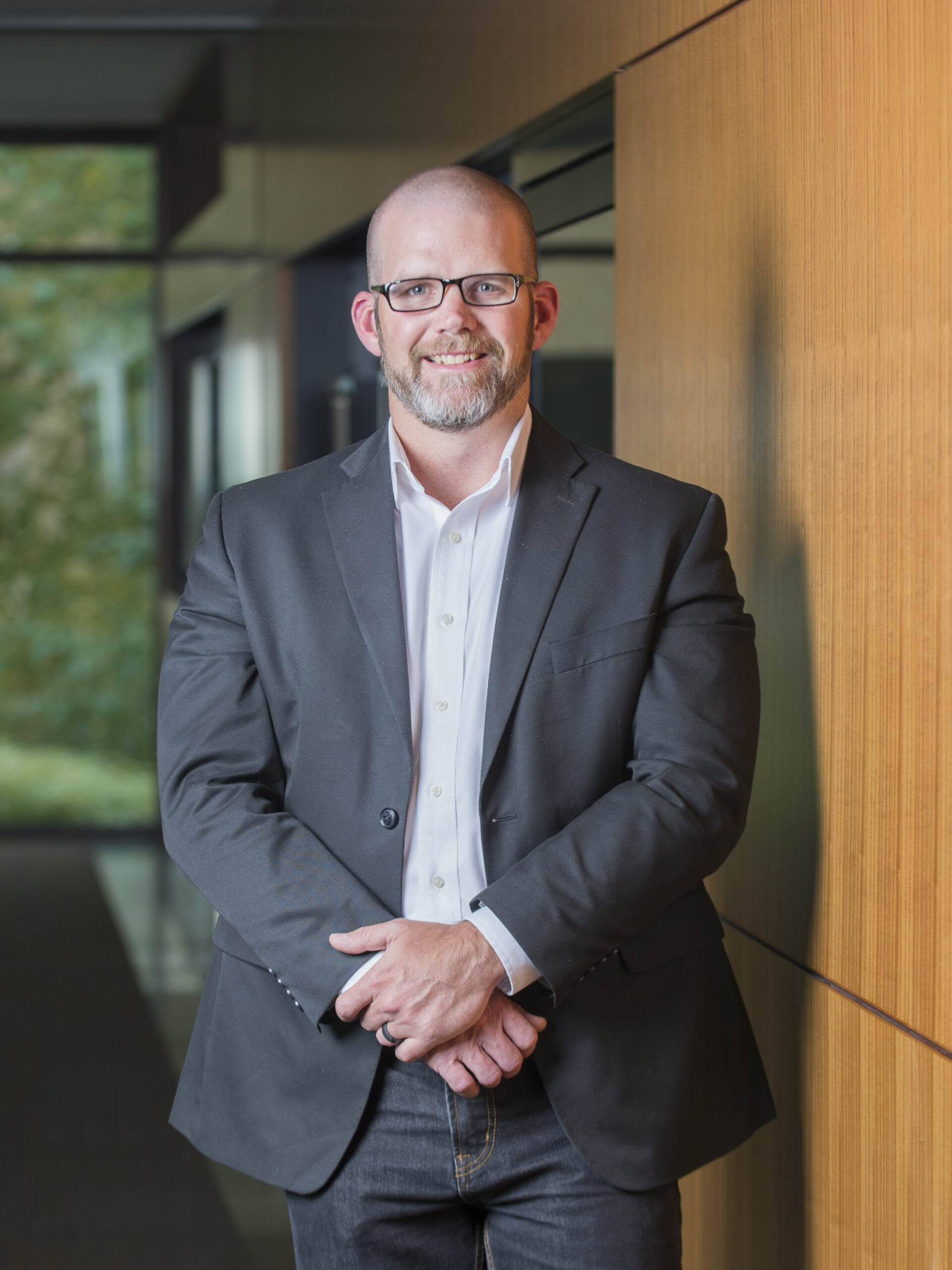
Jason Hopper
Director of Design for Manufacture and Assembly (DFMA)
Mortenson
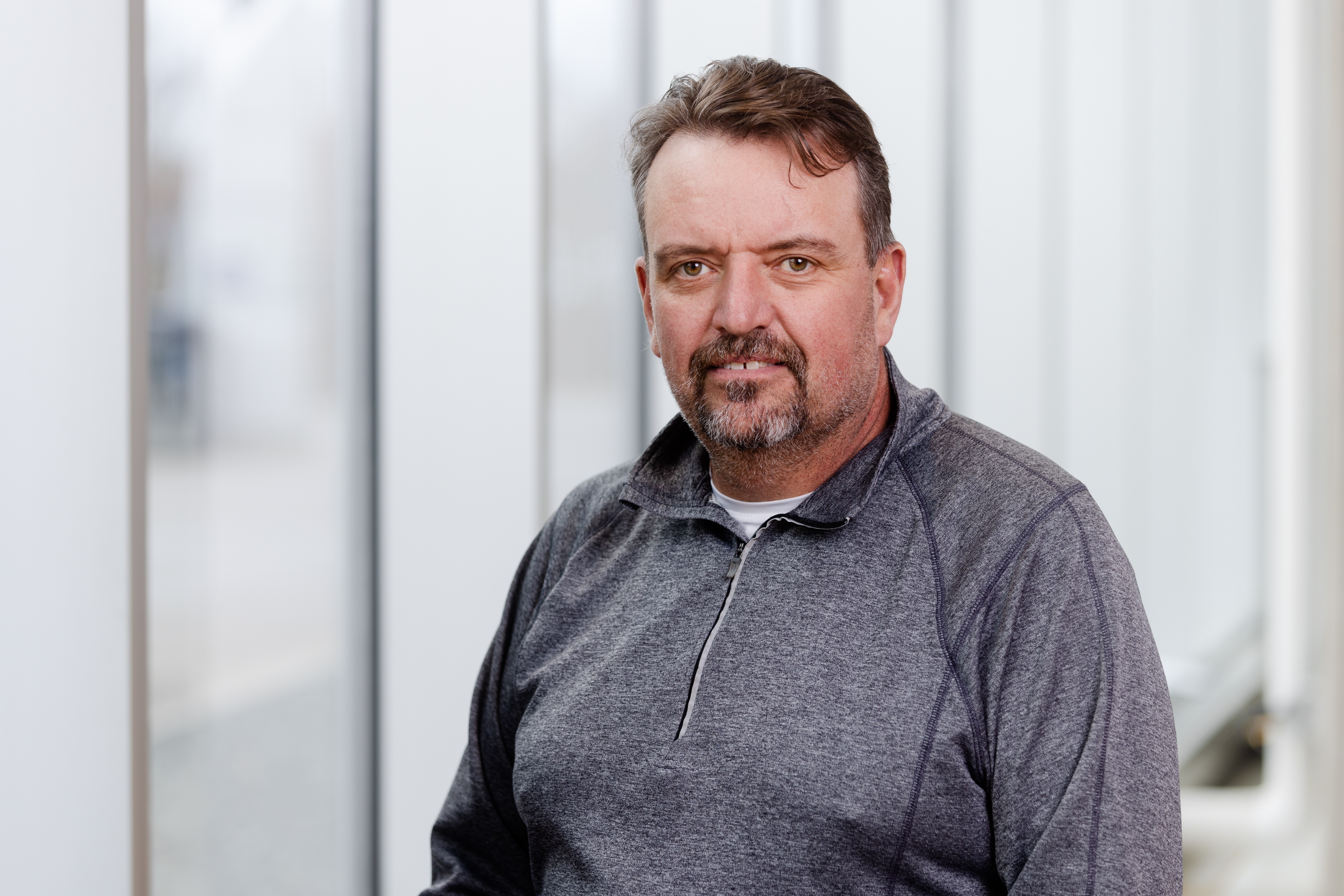
Justin Riley
Field Operations Manager
Mortenson
Mortenson: a Journey to Zero, a Case Study
This presentation will focus on the shift towards industrialization and manufactured products in the construction of hyperscale data centers. This approach includes the utilization of components, assemblies, and sub-assemblies which are manufactured in offsite facilities that allow for a reduction in onsite labor requirements, increased quality control, and reduction in safety exposure for site installed features. The presentation will highlight specific case studies that illustrate the benefits of Design For Manufacturing and Assembly (DFMA) and design for safety practices that are being utilized on several data center projects.
Short Bio Jason Hopper
Short Bio Justin Riley
Moderators
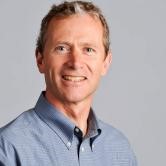
Dr. John Gambatese, Ph.D., PE
Professor
School of Civil and Construction Engineering, Oregon State University
Short Bio
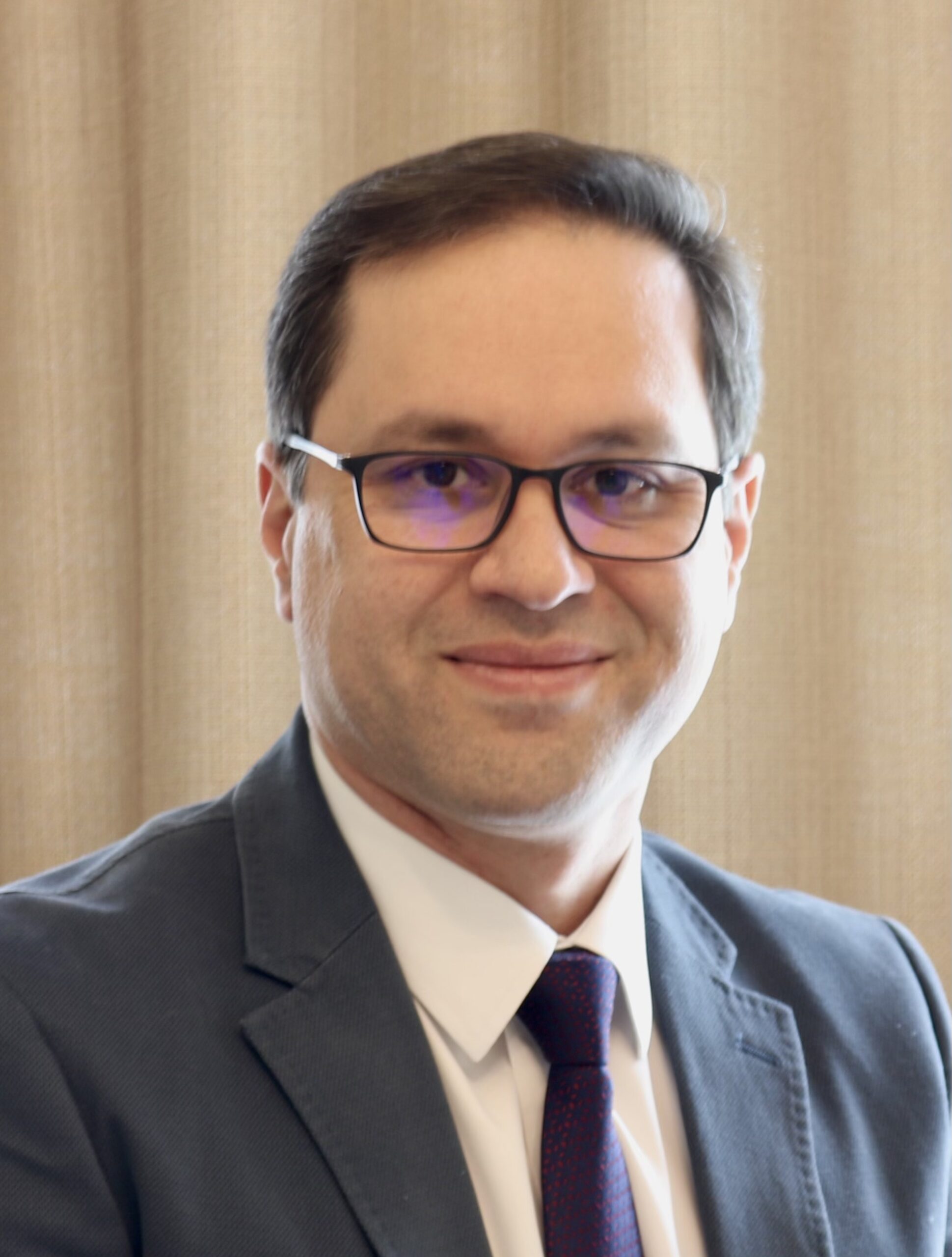
Dr. Babak Memarian, Ph.D., CSP, CHST
Director, Exposure Control Technologies Research
CPWR – The Center for Construction Research & Training
Short Bio
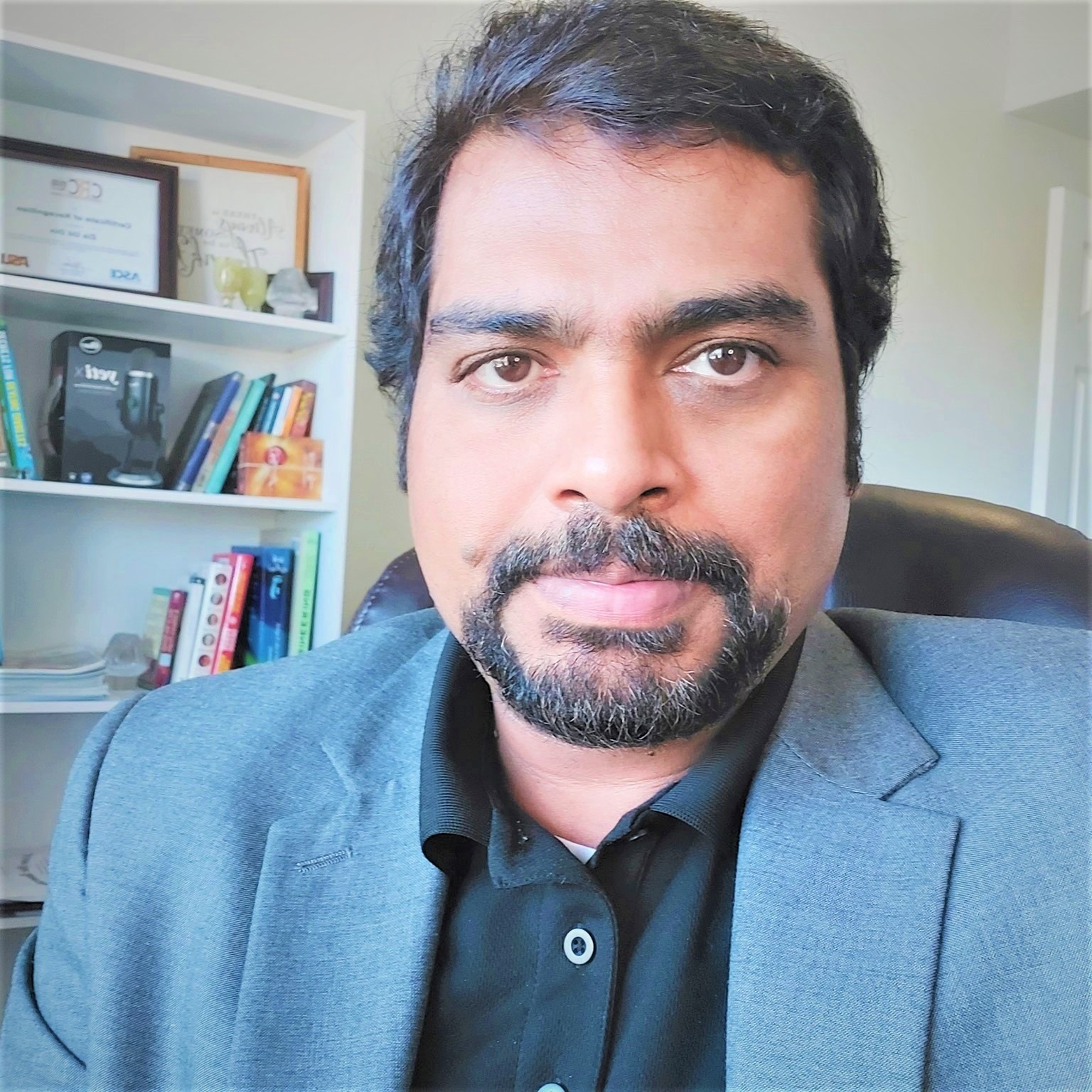
Dr. Zia Ud Din, Ph.D.
Assistant Professor
University of Houston
Short Bio

Dr. Scott Earnest, Ph.D., PE., CSP
Associate Director for Construction
NIOSH
Short Bio
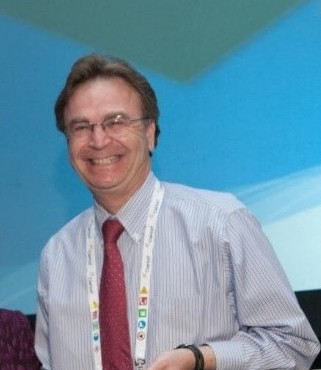
Mark J. Grushka, M.S., CSP
Principal Consultant and Owner
MJGrushka Consulting
Short Bio
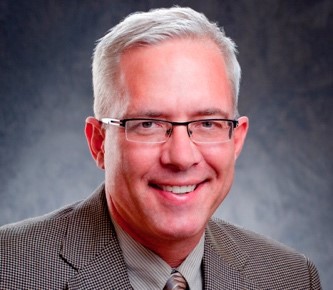
TJ Lyons, OHST, CSP, CRIS
Safety Professional
DPR Construction
Short Bio
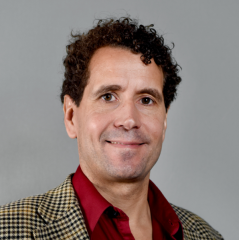
Dr. David Grau, Ph.D., PE
Associate Professor
School of Sustainable Engineering and the Built Environment (SSEBE), Arizona State University
Short Bio

Dr. George Edward Gibson, Jr., Ph.D., PE, NAC, Dist.M.ASCE
Professor and Sunstate Chair of Construction Management and Engineering
School of Sustainable Engineering and the Built Environment (SSEBE), Arizona State University
Short Bio
